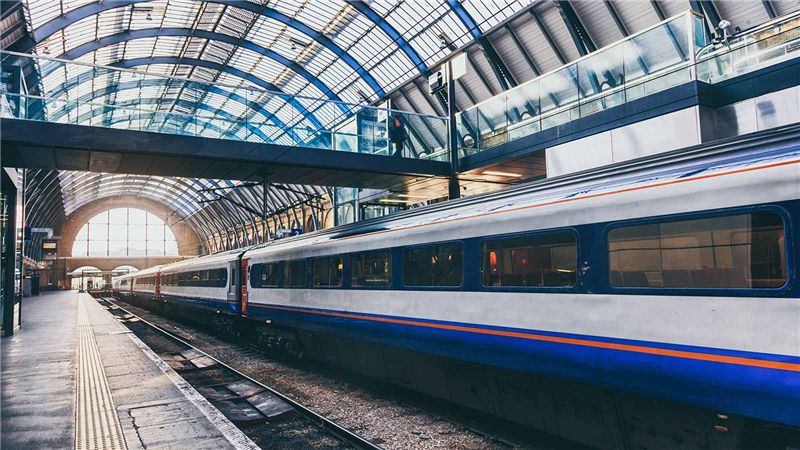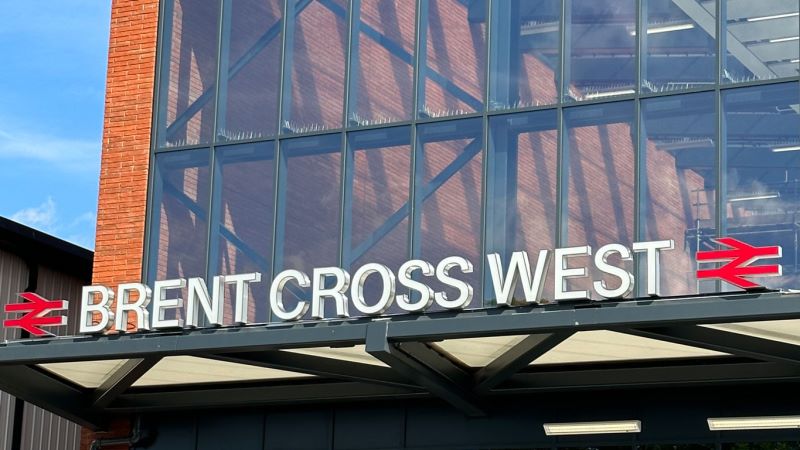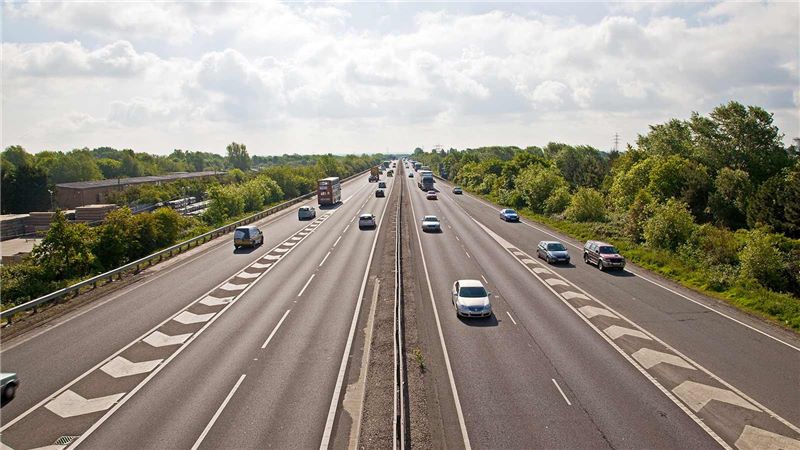Future-proofing urban mobility
In today's rapidly evolving urban landscape, with cities bursting at the seams and technology racing ahead, it’s vital that transportation projects not only tackle the present but prepare our urban environments for what’s coming down the road. Looming challenges, including an increase in cybersecurity threats, worsening air quality and concerns over climate impacts on infrastructure durability, will require holistic approaches that prioritise resilience, sustainability, and innovation in urban transportation planning and infrastructure development. We need to future-proof urban mobility to guarantee that communities can access sustainable, smooth, and fair transportation for the long haul, writes Sean Gray, Director of Transportation for Europe.
To do this, we need to understand the driving forces behind its evolution. Urbanisation, booming populations, climate shifts, and tech leaps are reshaping the way people move around cities. As more people flock to urban areas, the need for accessible and efficient transportation solutions skyrockets. At the same time, worries about sustainability push us toward cleaner ways to move, while the rise of technologies like autonomous vehicles shakes up how we think about getting from A to B, giving rise to a mix of new chances and hurdles to navigate for infrastructure planners.
Embracing flexibility
In response to these dynamics, transport infrastructure projects must adopt a forward-thinking approach that embraces flexibility, resilience, and innovation. One key strategy is to design infrastructure with scalability in mind, allowing for seamless expansion or modification as urban mobility needs evolve. This requires thorough scenario planning and robust stakeholder engagement to anticipate potential future circumstances and ensure that infrastructure investments align with long-term urban development goals. To facilitate resilience, project teams must also take a programmatic view, focusing on the bigger picture rather than single schemes in isolation. This is perhaps most profound in the case of EV charging infrastructure, where a network approach – with alignment across different suppliers – is fundamental to widespread public uptake.
Integrating data-driven solutions
Future-proofing urban mobility requires the integration of smart technologies and data-driven solutions into infrastructure design, development and management. Data plays a pivotal role in shaping modern transport solutions, particularly in the realm of passenger and traffic planning. By harnessing data on passenger movement patterns, footfall dynamics, and traffic flow, transportation providers can make informed decisions to optimise routes, schedules, and infrastructure investments. Utilising advanced analytics and real-time data feeds, planners can identify peak travel times, congested areas, and transit demand hotspots, enabling them to allocate resources more efficiently. Moreover, by integrating data from various sources such as GPS trackers and mobile apps, transport providers can continuously refine their strategies to adapt to evolving mobility needs, ultimately fostering safer, more sustainable, and user-centric transportation systems.
When it comes to delivery, being able to access this data across the programme in a consistent way is crucial, especially if it is being updated to reflect the latest trends. Putting a Programme Management Office (PMO) in place and providing all parts of the supply chain with access to the data management tools, ensures everyone is working to a single source of the truth, as my colleague Oli Conde recently explained.
Prioritising resilience
Embracing sustainability is paramount in future-proofing urban mobility. Infrastructure projects must prioritise low-carbon and resilient design principles to mitigate the environmental impacts of transportation and enhance the resilience of cities to climate change. This includes promoting the use of electric and alternative fuel vehicles, investing in renewable energy sources for transportation charging, and implementing green infrastructure solutions, such as green roofs on depots, to mitigate the urban heat island effect and improve air quality. A blend of ‘here and now’ solutions and long-term mitigations – all considered as part of a holistic delivery approach – gives us our best hope.
Fostering collaboration
To successfully achieve resilience, we need collaboration. Partnerships across sectors are essential for future-proofing urban mobility. Public-private partnerships (PPPs) can facilitate the financing, development, and operation of innovative transportation solutions, leveraging the expertise and resources of both the public and private sectors. Collaborations between government agencies, academia, industry stakeholders, and community organisations can drive innovation, knowledge sharing, and inclusive decision-making, ensuring that transport infrastructure projects are responsive to the diverse needs of urban residents. Transport for London (TfL) serves as a prime example of a successful public-private partnership. By engaging private entities for their expertise in areas such as engineering, operations, and technology, TfL has significantly improved the efficiency and reliability of its London Underground services; introducing advanced signalling systems that enable higher train frequencies and reduce delays is just one illustration of this.
The need for collaboration extends beyond the operation of services. This is increasingly evident as transportation companies, who are often considerable landowners – look at new ways to generate revenue. The growing number of residential and commercial developments earmarked for railway sidings and above stations does reflect an evolving financial model, but also plays to the needs for long-term urban resilience. Oversite development (OSD), for instance, not only affords the opportunity to create homes for growing urban populations, but presents space for office and leisure facilities as well. Stations are becoming destinations in their own right and that is, in turn, helping to futureproof the underlying transport asset.
Futureproofing urban mobility is not just about building roads, bridges, and transit systems; it is about creating resilient, sustainable, and inclusive cities for future generations. By embracing flexibility, resilience, innovation, sustainability, collaboration, and holistic planning, we can navigate the evolving landscape of urban mobility and make the world’s cities truly fit for the future.












